When decorating a bathroom, many people spend time picking out showerheads, tiles, and mirrors, but often overlook an inconspicuous element—the floor drain. But if the floor drain is not selected correctly, it may cause problems such as water accumulation, odor, leakage, and, in severe cases, rework. Choosing the right floor drain not only ensures waterproofing and peace of mind but also makes the bathroom cleaner and more aesthetically pleasing.
1.Why is a floor drain important
The core function of a floor drain is to provide drainage and prevent odors. It connects the ground and drainage pipes and is a key node in the entire bathroom waterproofing system.
Data shows that about 30% of water leakage problems in home bathrooms are related to floor drains. Especially with the current trend toward no-threshold, open shower areas, drainage requirements are higher.
The drainage capacity of a high-quality floor drain can range from 40 to 60 liters per minute, with only a 20-liter difference. The difference directly determines whether you can dry the floor after taking a shower.
2.Floor drain type
Point-type floor drain: The most common type is a circular or square floor drain installed in the middle, with the ground sloped to collect water from all sides. The advantage is that it is cheap and versatile, but it requires high construction standards.
Linear floor drain: a long strip, usually installed on the wall or entrance, requiring only a slope in one direction. The appearance is simple and easy to clean, making it suitable for threshold-free showers.
Wall drain: installed on the wall, does not occupy floor space, has fast drainage, but has high construction difficulty and cost.
Tip: If you plan to use large-sized floor tiles or make an open shower, a linear floor drain would be a better choice.

3.Key points for purchasing
1. Drainage capacity
Don't just look at the appearance, look at the flow parameters (GPM or L/min).
A regular showerhead can produce 8-10 liters of water per minute, while a large rain curtain showerhead can produce up to 20 liters. If the floor drain's drainage volume is less than the water output, water can easily accumulate.
When making a purchase, you can refer to the packaging instructions. The larger the traffic, the more secure it is.
2. Material and Durability
Stainless steel: the most recommended, rust proof, corrosion-resistant, and easy to clean.
PVC/ABS: Low price, but fast aging, easy to loosen or yellow over time.
Copper: Good texture but high price, and easy to oxidize.
Suggestion: Choose floor drain covers made of 304 or 316 stainless steel for high cost-effectiveness.
3. Odor proof design
A good floor drain must have odor prevention function. Common ones include:
Water-sealed type: It relies on stored water to isolate odors, but it will dry out if not used for extended periods.
Gravity flap/dry odor prevention: It prevents odor without a water seal and is suitable for bathrooms used infrequently.
4. Easy to clean structure
The shower area is prone to clogging hair, so it is crucial to choose a floor drain with a removable filter screen. Nowadays, many brands have a "lifting filter basket" that can be cleaned in just a few seconds.
5. Appearance and installation height
Floor drains are not only functional components, but also affect aesthetics.
You can choose "embedded tile cover" to integrate the floor drain with the ground.
At the same time, attention should be paid to the installation height, especially when the floor structure is thin or the tiles are thick, a "low height floor drain" should be selected to avoid installation failure or poor drainage.
4.Installation and Waterproof Precautions
Even the best floor drain is afraid of improper installation.
The ground must have the correct slope to allow water to flow naturally towards the floor drain.
The waterproof layer should cover the edge of the floor drain to ensure that the connection is completely sealed.
The pipeline interface must be firm, otherwise it is easy for water to seep downstairs in the future.
It is recommended to hire experienced construction workers for installation, rather than letting others install it at will for the sake of cost. Many problems of "floor drain odor" and "water accumulation" are not actually product issues, but rather caused by non-standard construction.
5.Budget and Brand Suggestions
The price difference of floor drains is significant:
Ordinary point type floor drain: $10 to $30
High end linear floor drain: $60 to $200
Although linear floor drains are a bit more expensive, they do have better drainage and aesthetics.
Some well-known brands, such as Oatey, EasyDrain, and InfinityRain, are more mature in terms of durability and waterproofing. When making a purchase, pay attention to whether it comes with a drainage label, an odor-proof structure description, and replaceable accessories.
6.Common Misconceptions
Just looking at appearance: Some "invisible floor drains" look good but drain slowly.
Neglecting cleaning: Failure to remove and clean the filter screen can easily lead to blockages.
Slope design error: No matter how well the floor drain is installed, it cannot discharge water from the opposite slope.
Forgetting to consider tile thickness: floor drains that are too high or too low can affect the tiling effect.
7.Conclusion
Although the floor drain is just a small piece of hardware in the bathroom, its impact is not insignificant. Well chosen. The bathroom is clean, odorless, and free of standing water. I can't make a good choice; I have to wipe the floor and smell odors every day.
in general:
First, determine the drainage direction → choose the appropriate type → check the material and odor prevention structure → pay attention to the flow rate and cleaning convenience.
In this way, your bathroom can truly achieve "dry area dry, wet area wet" and be used for 10 years without worrying.
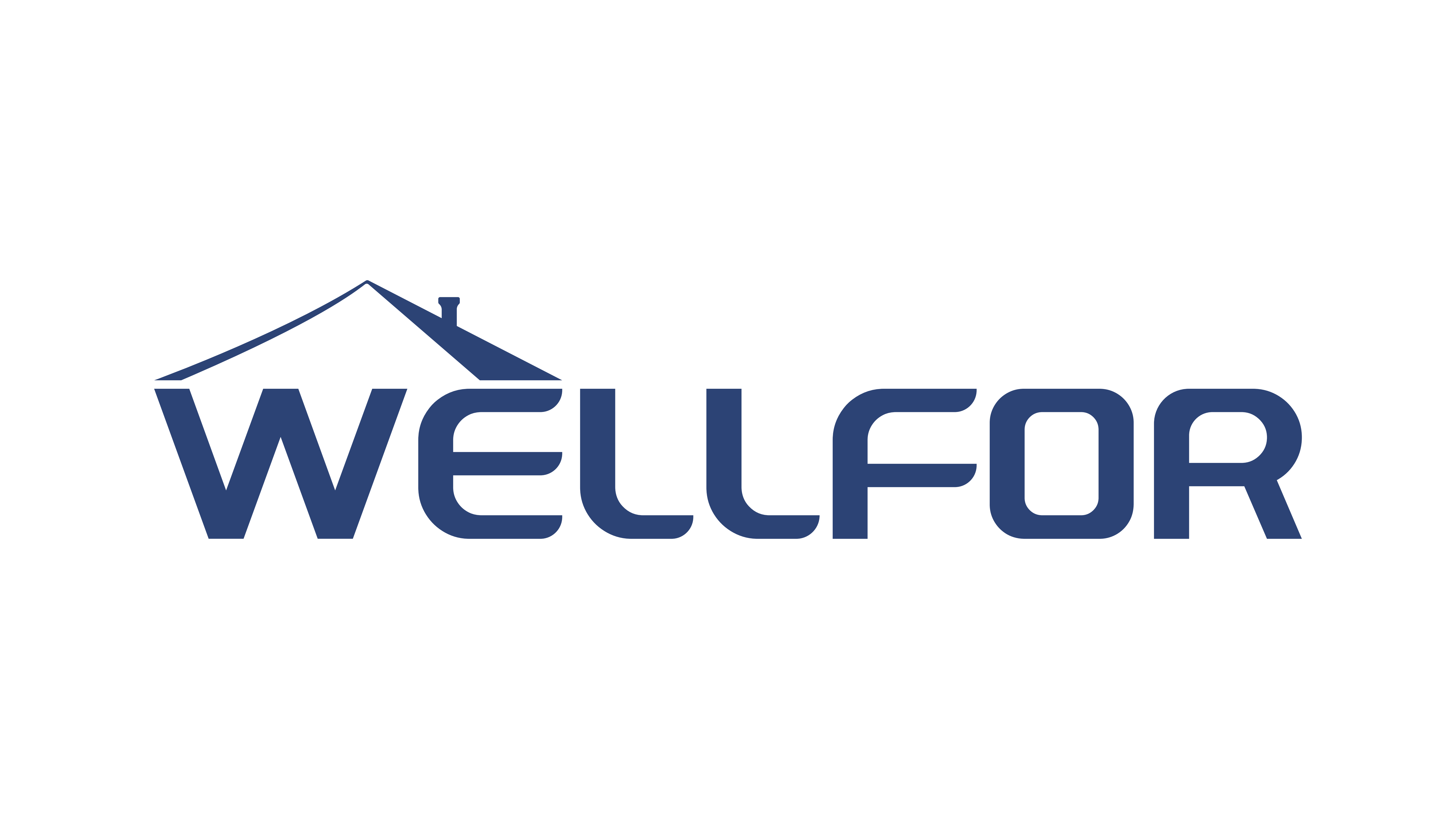
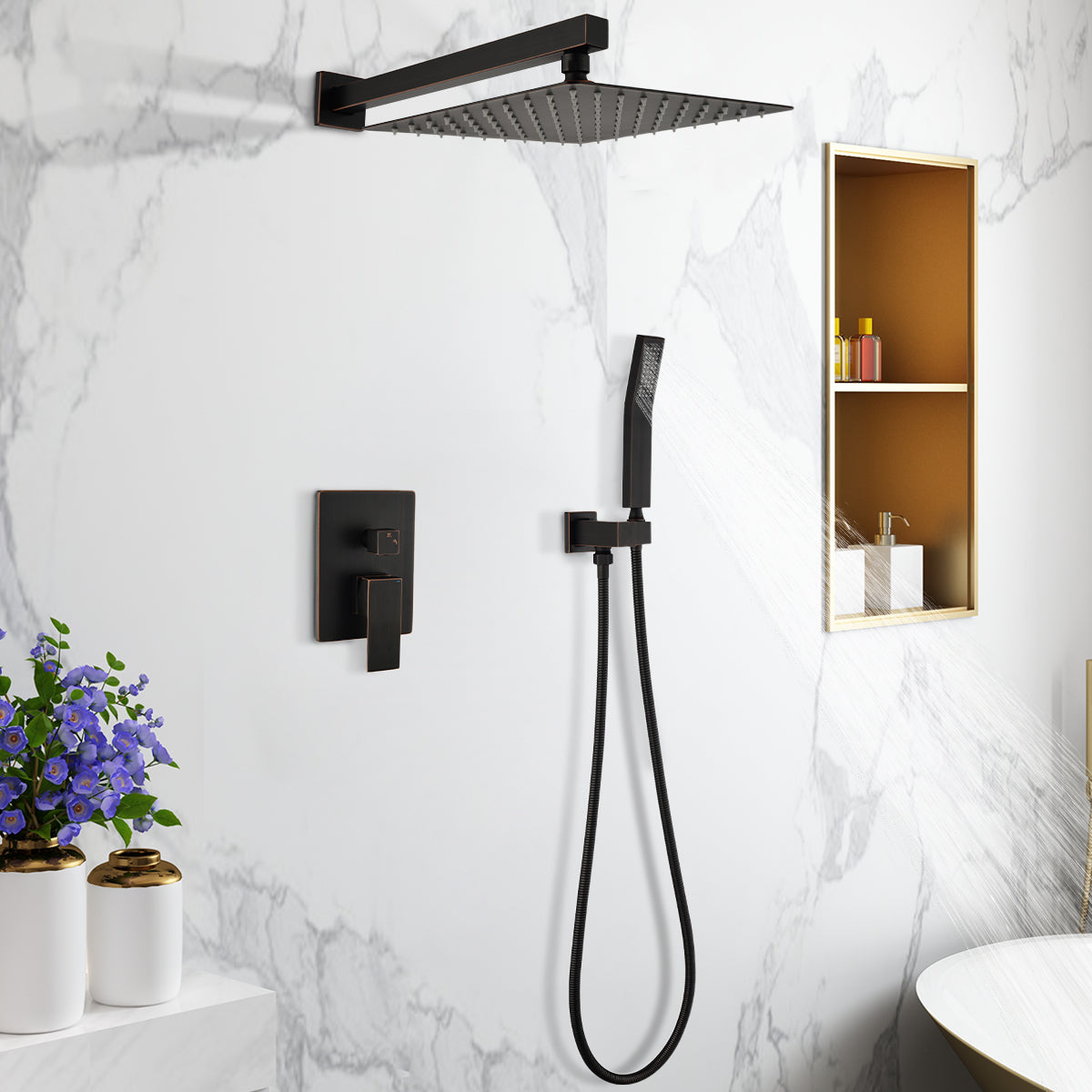






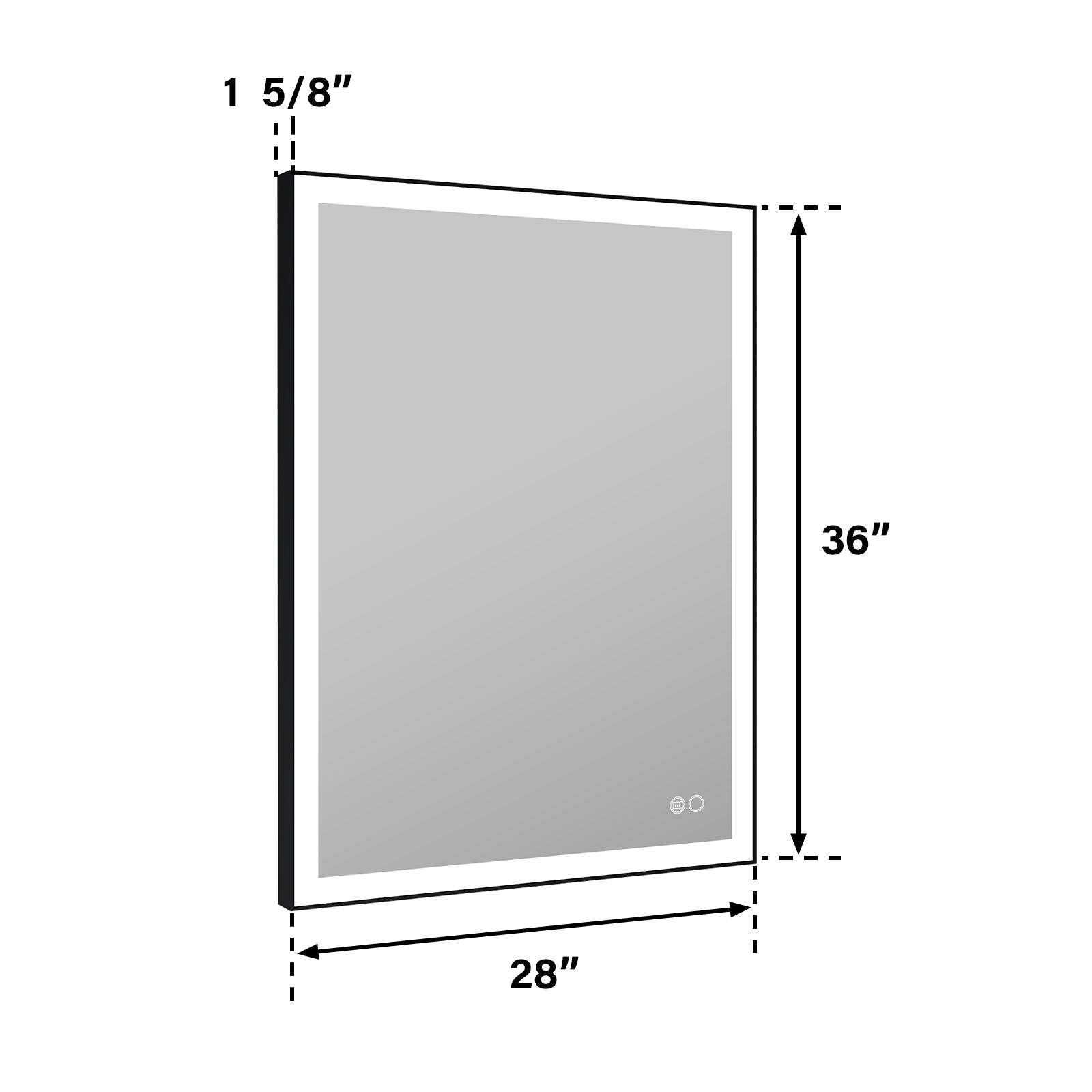
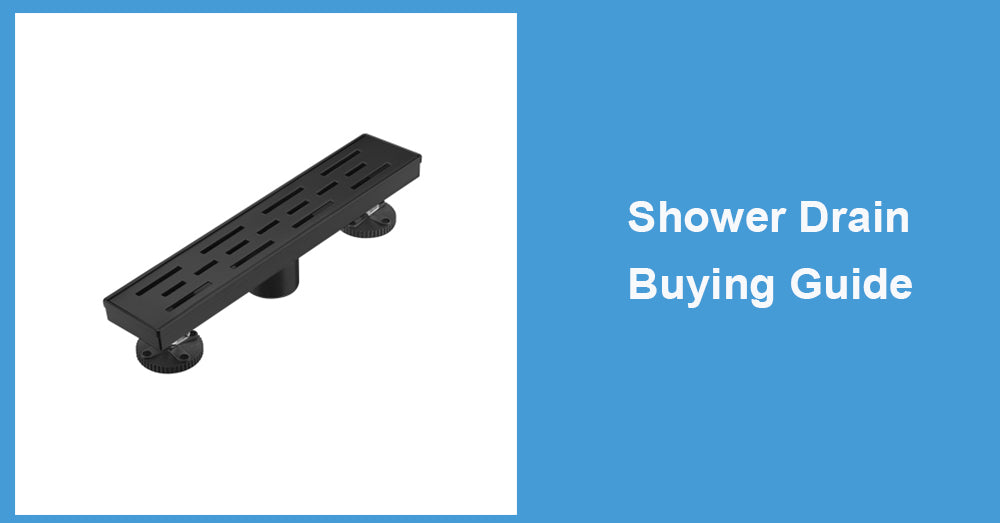

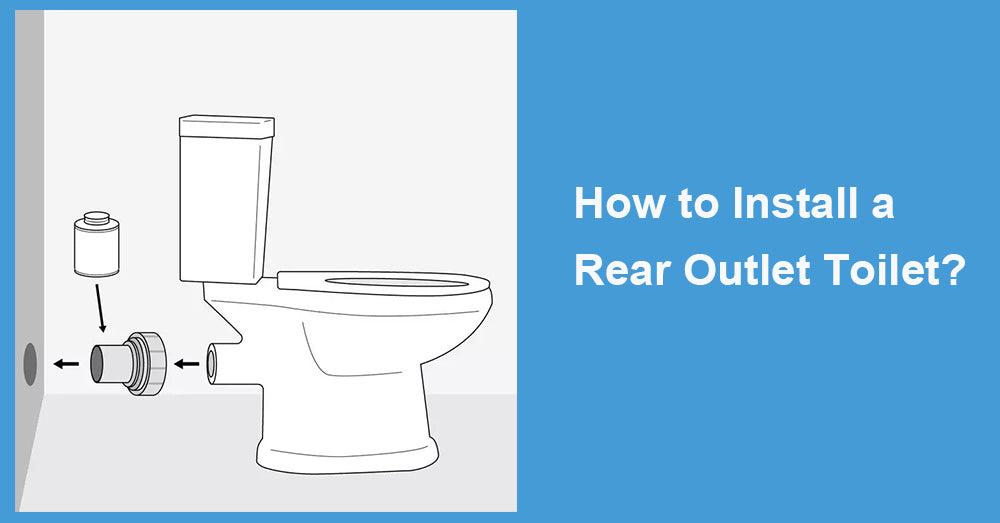
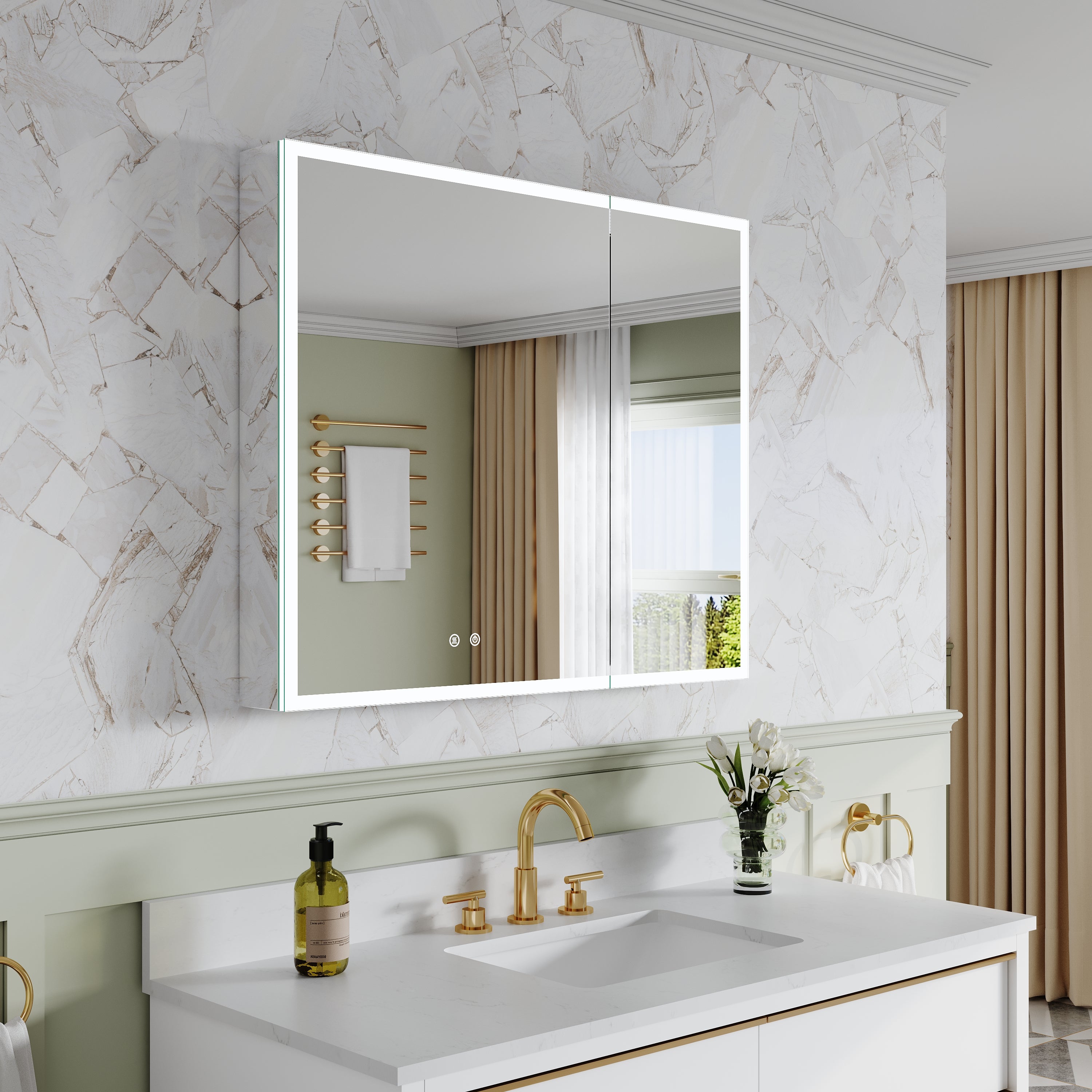
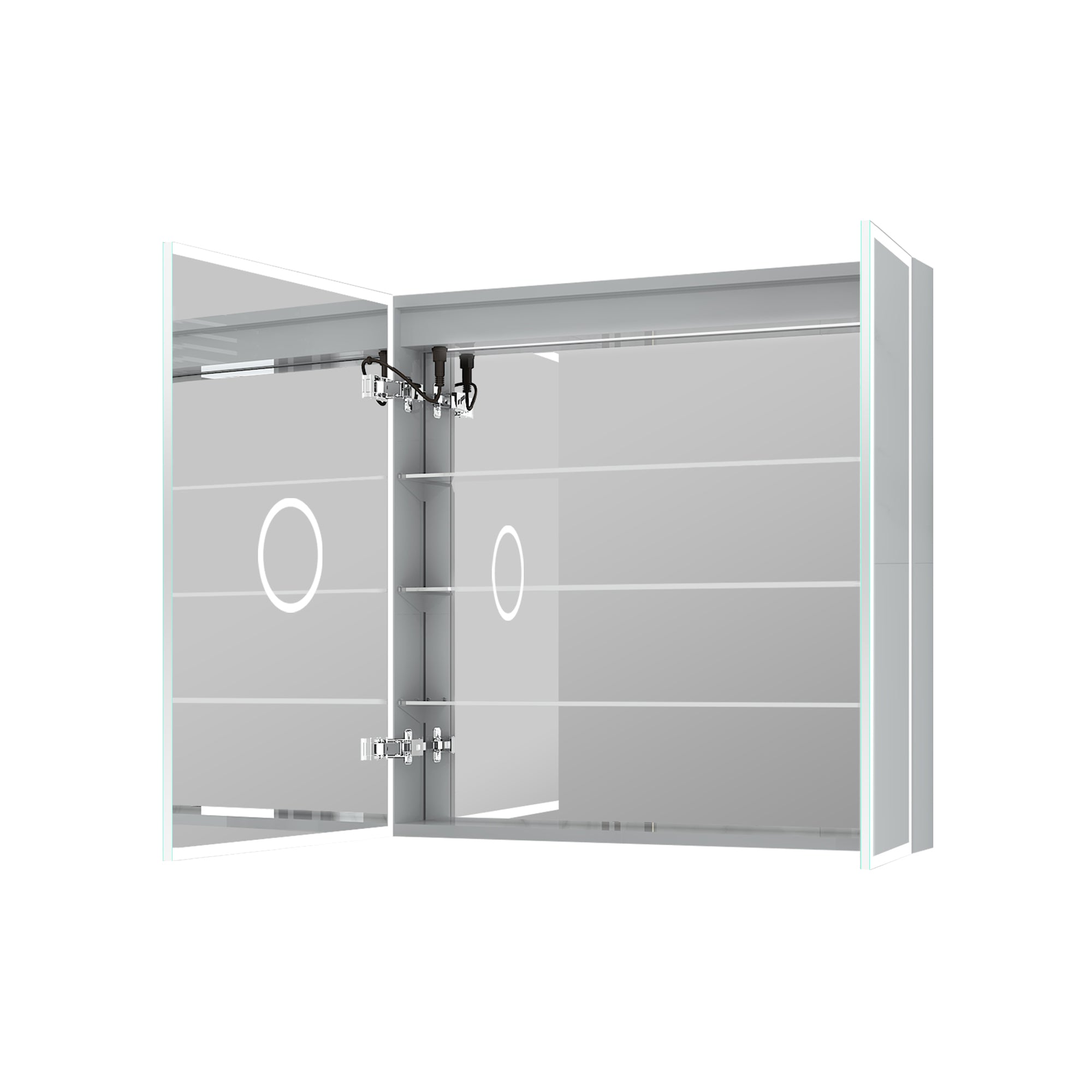
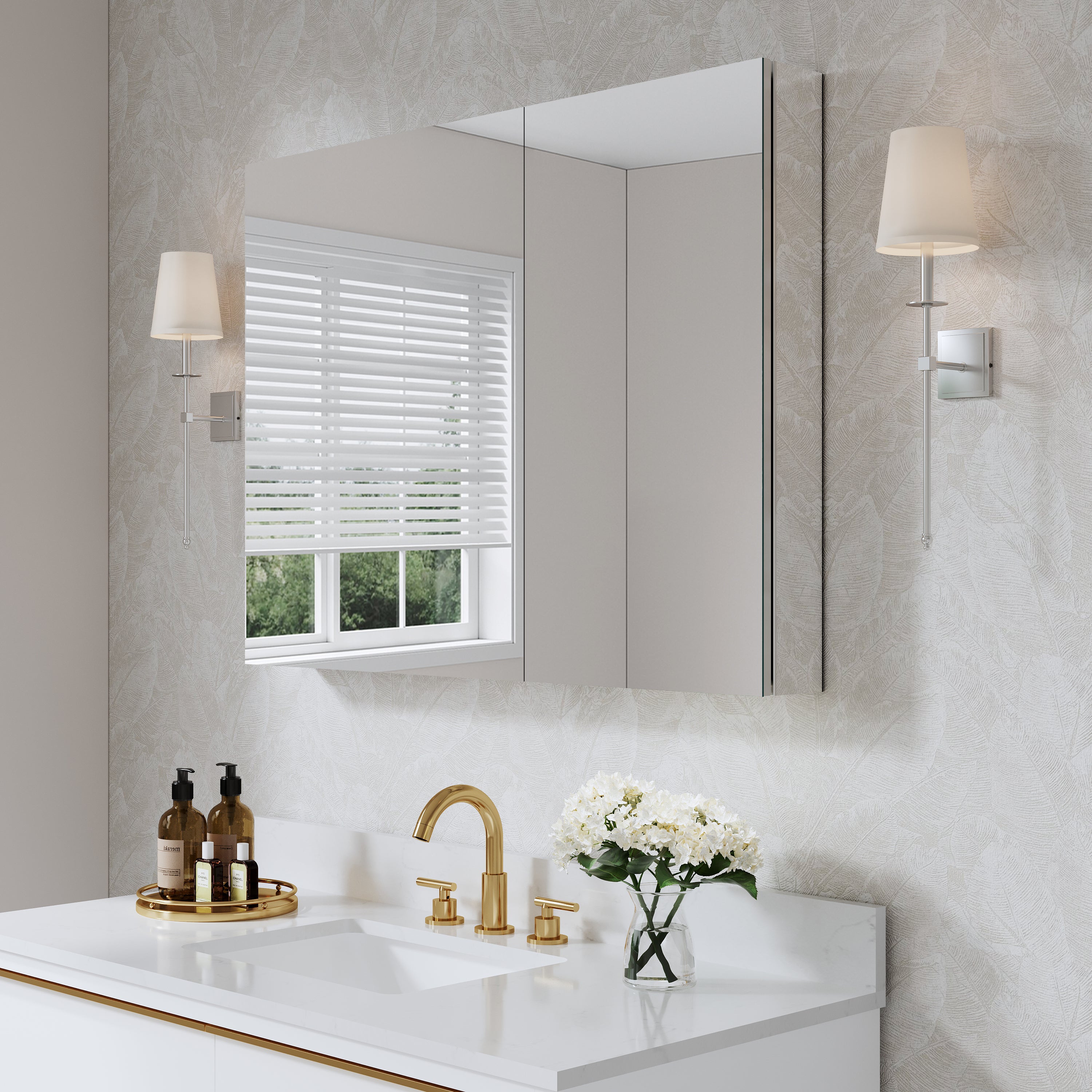

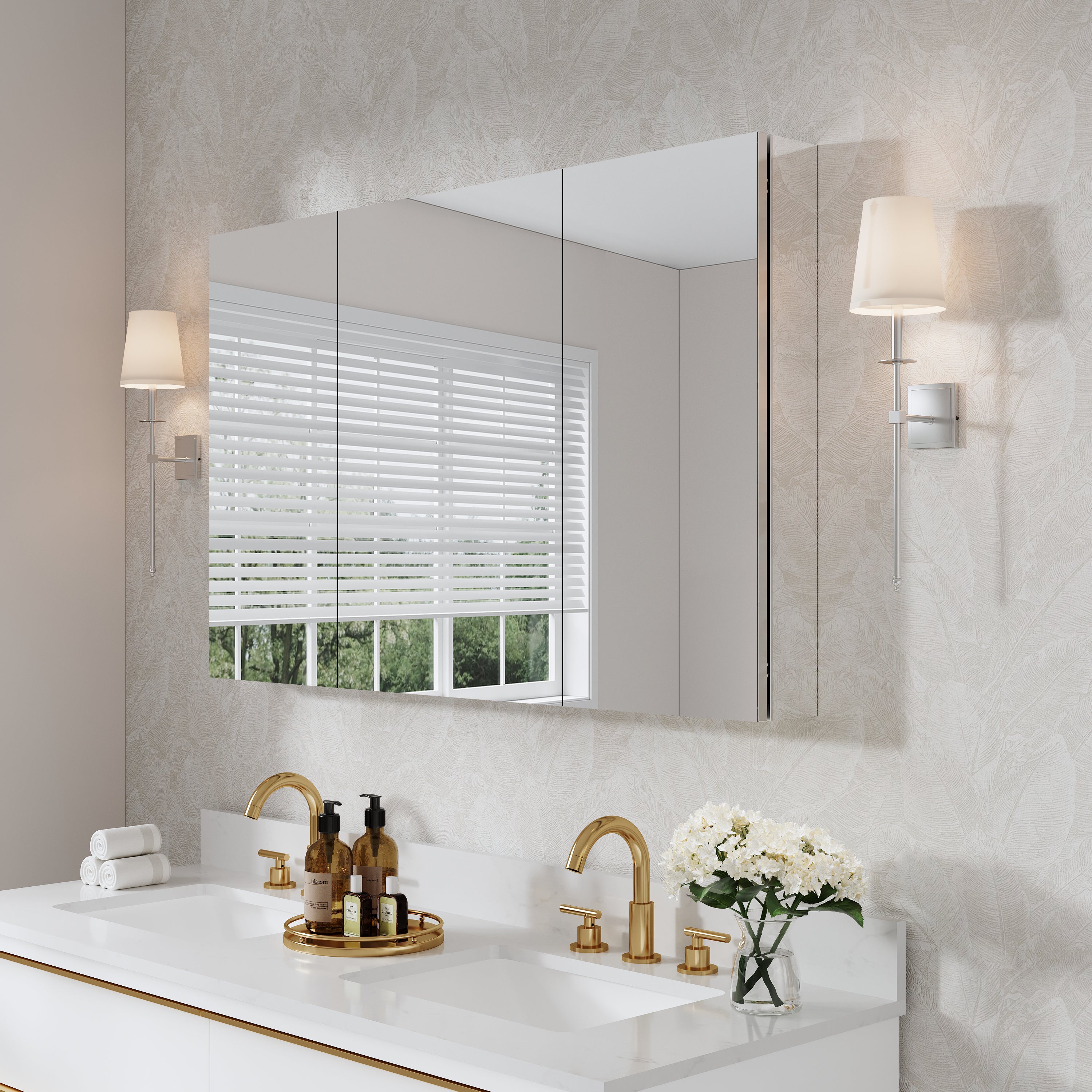
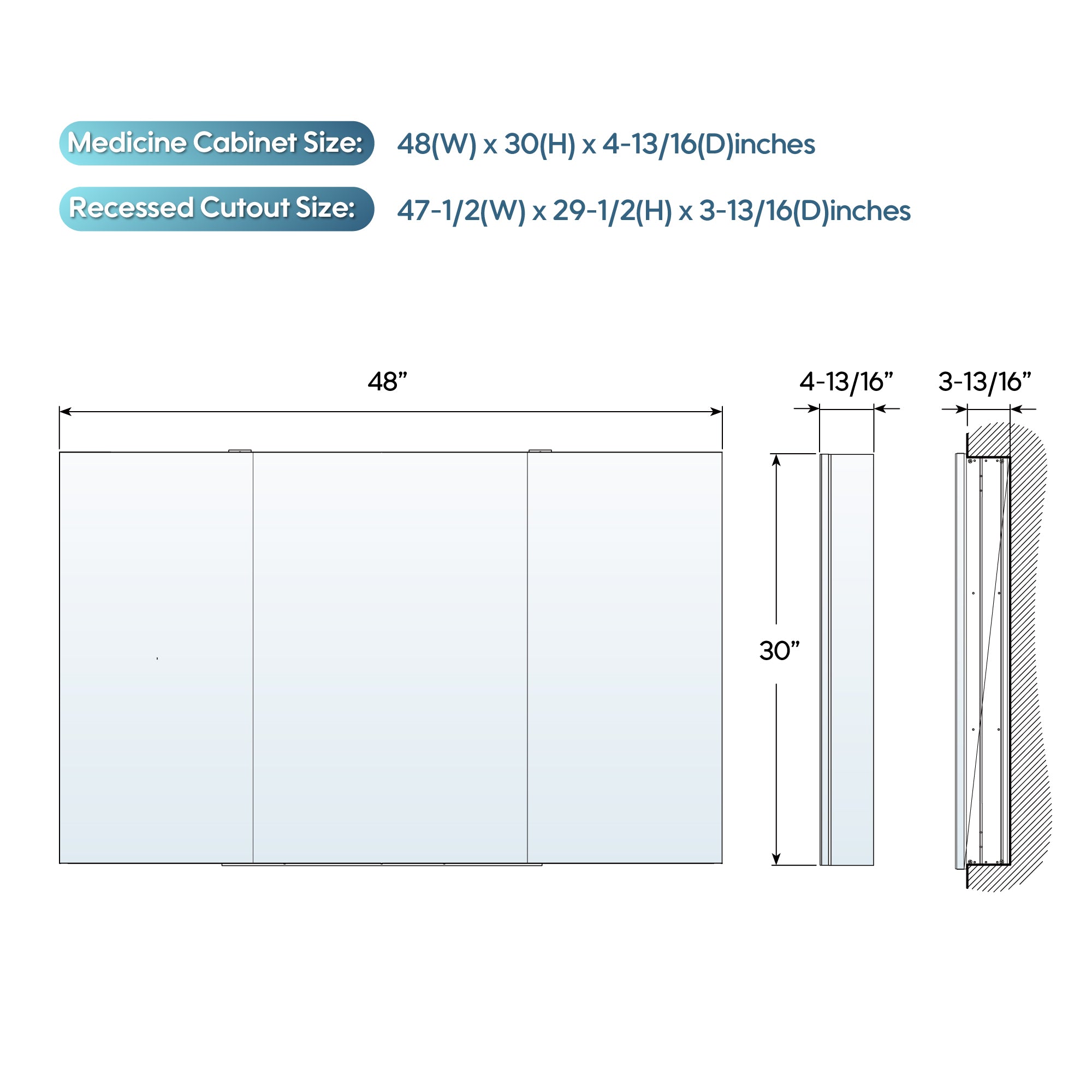

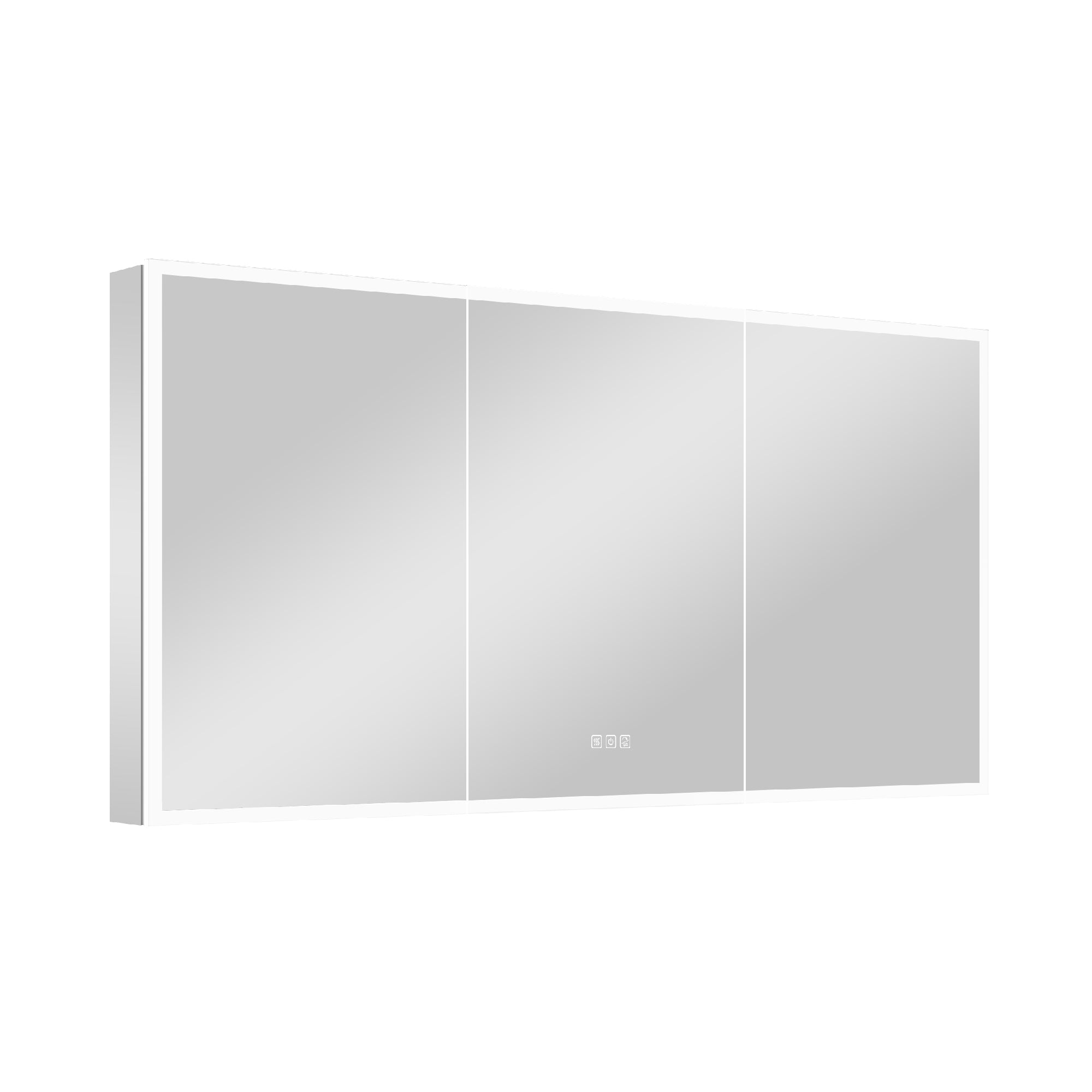
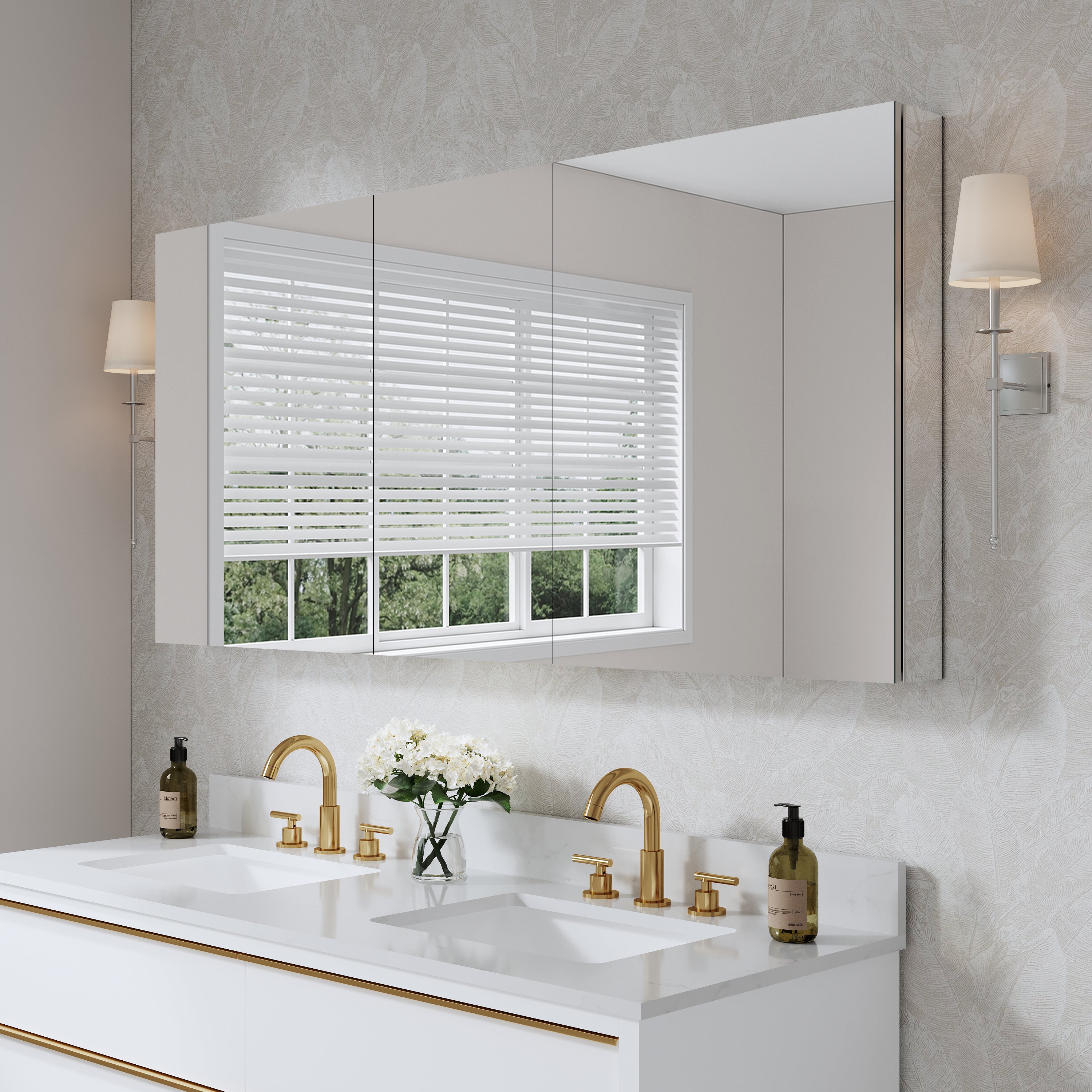




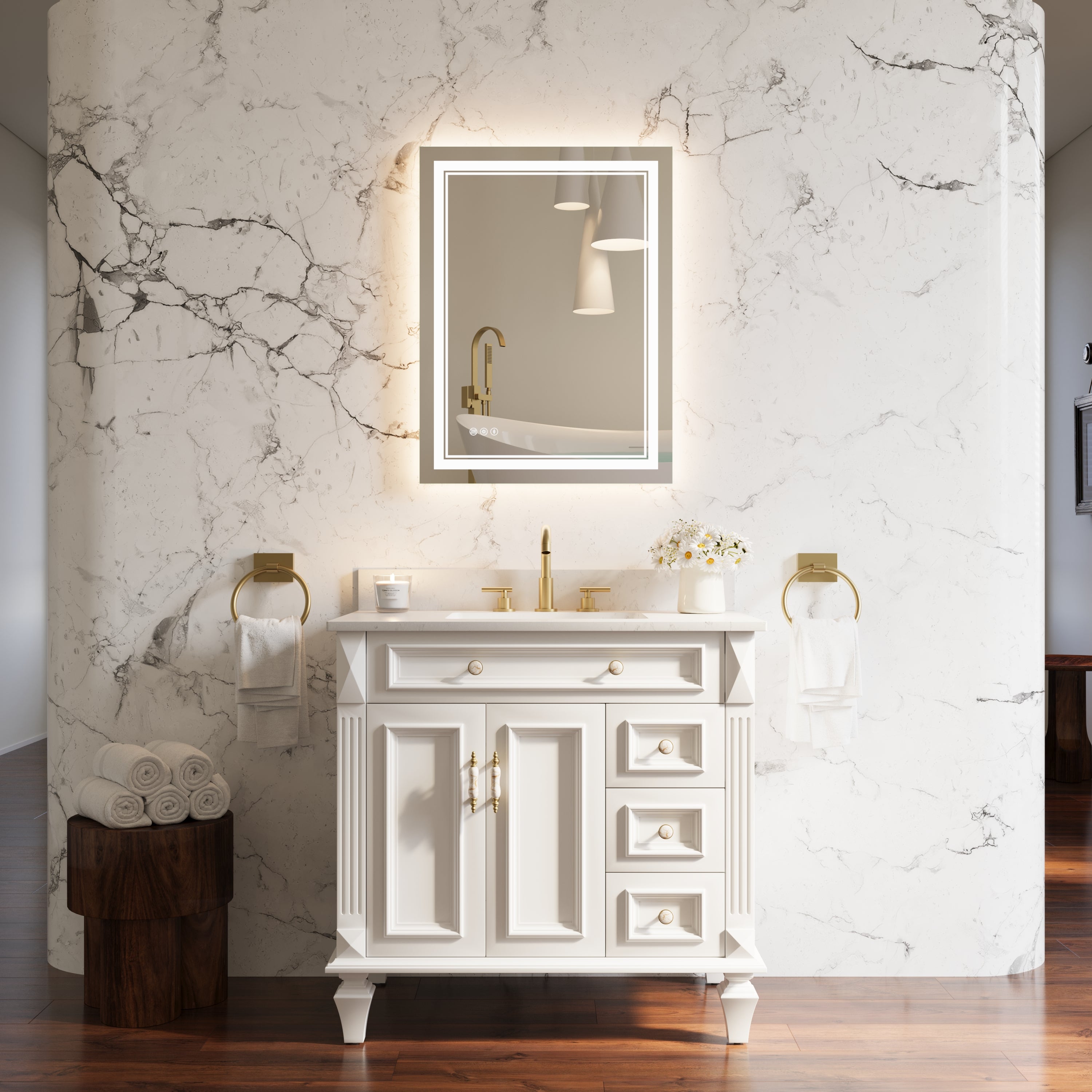
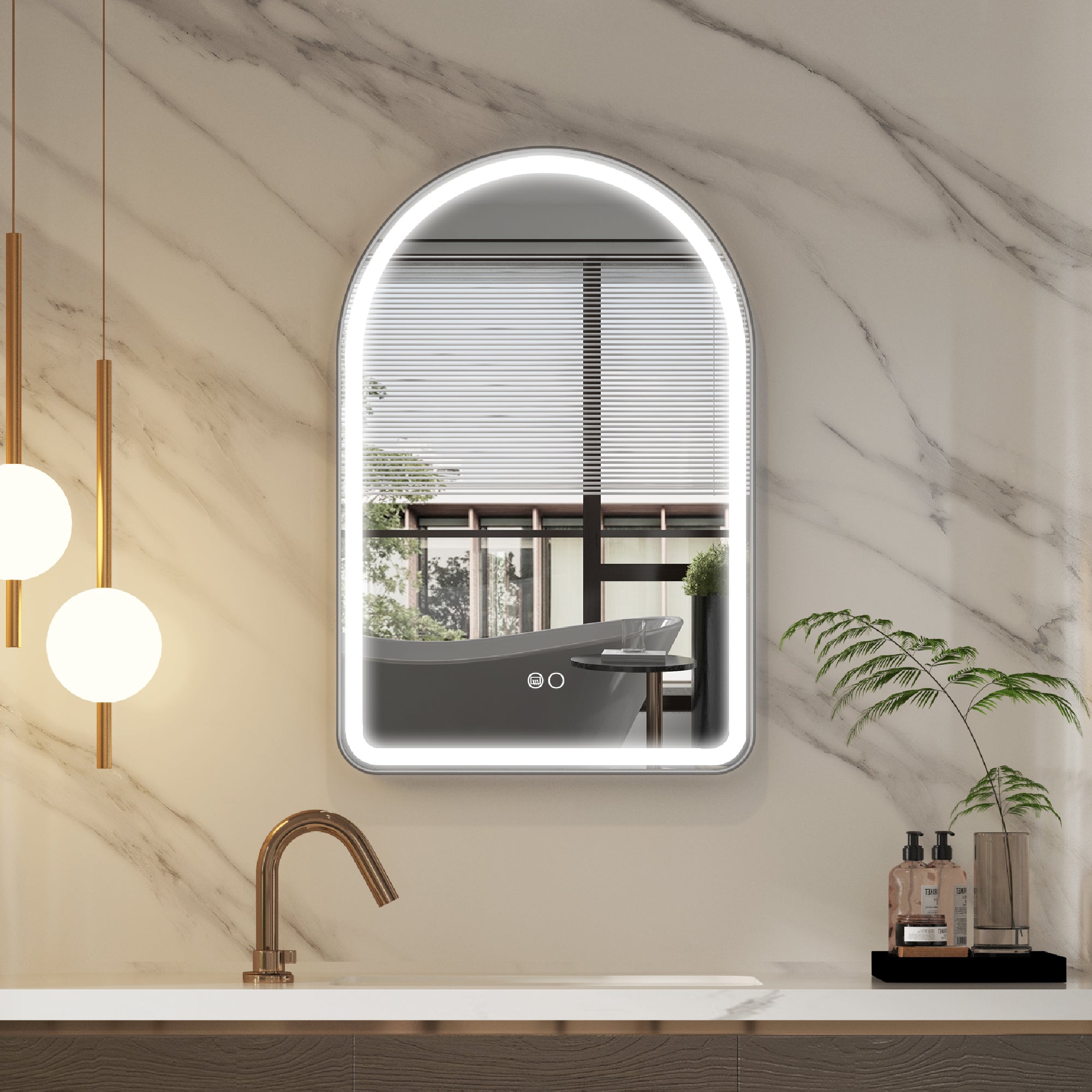
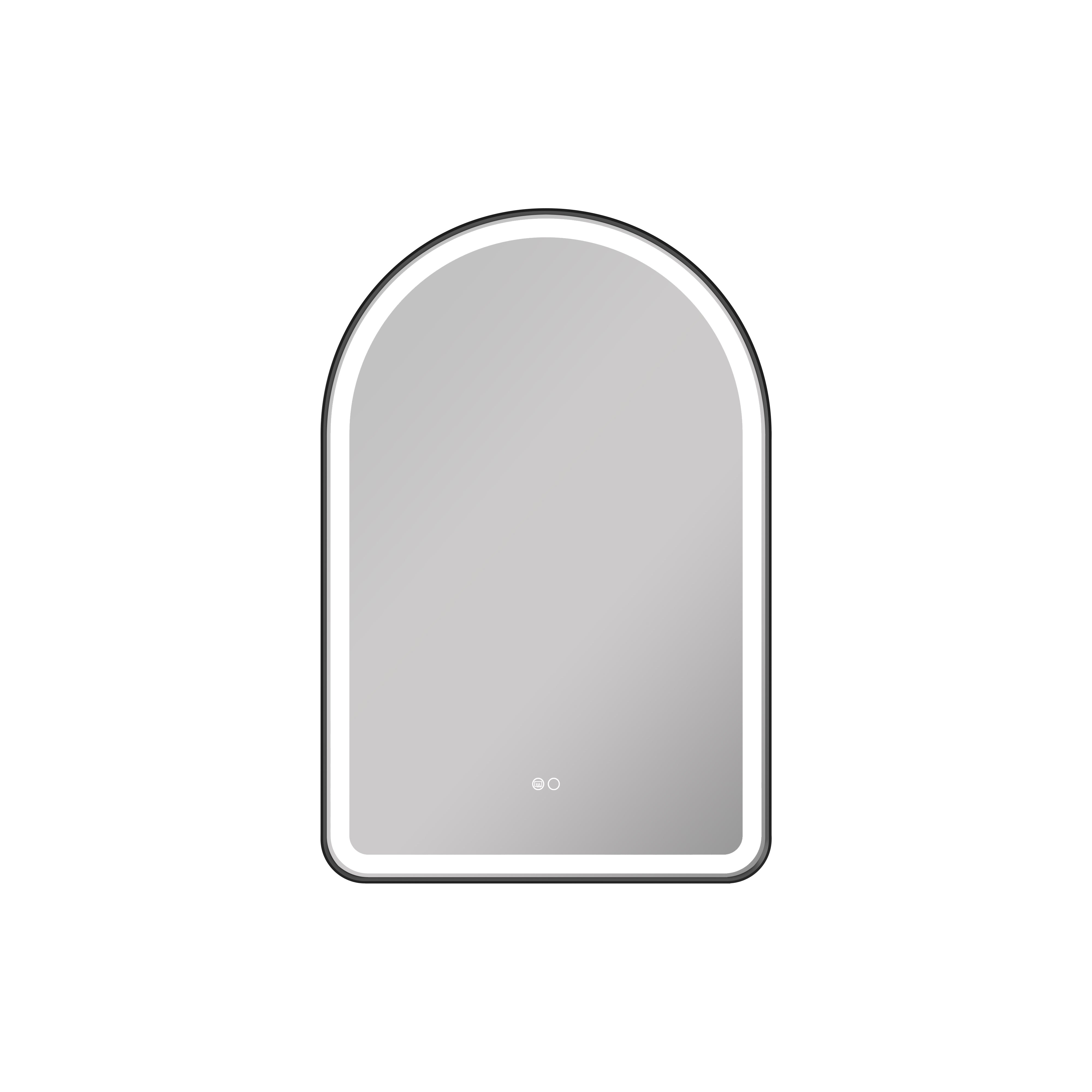

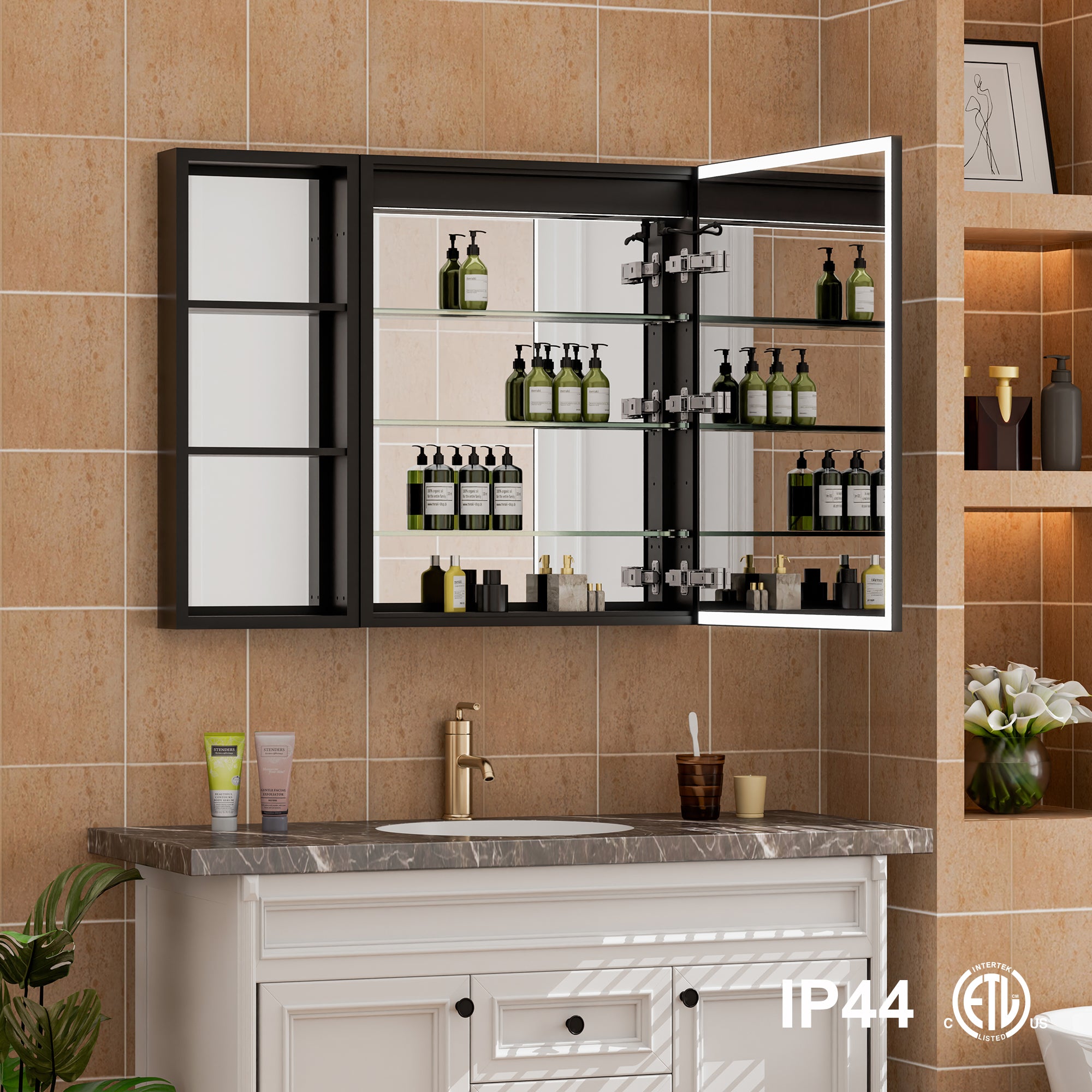
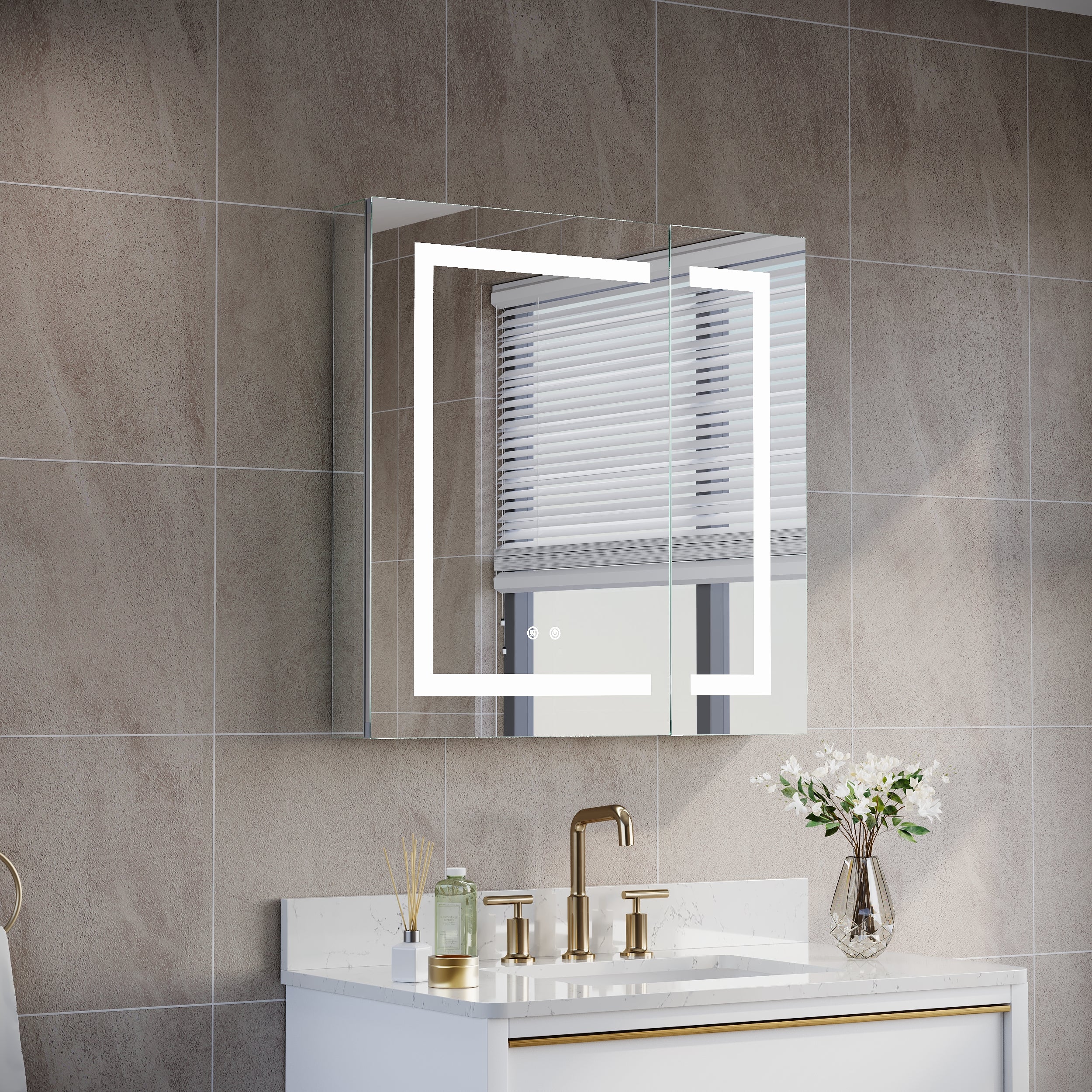
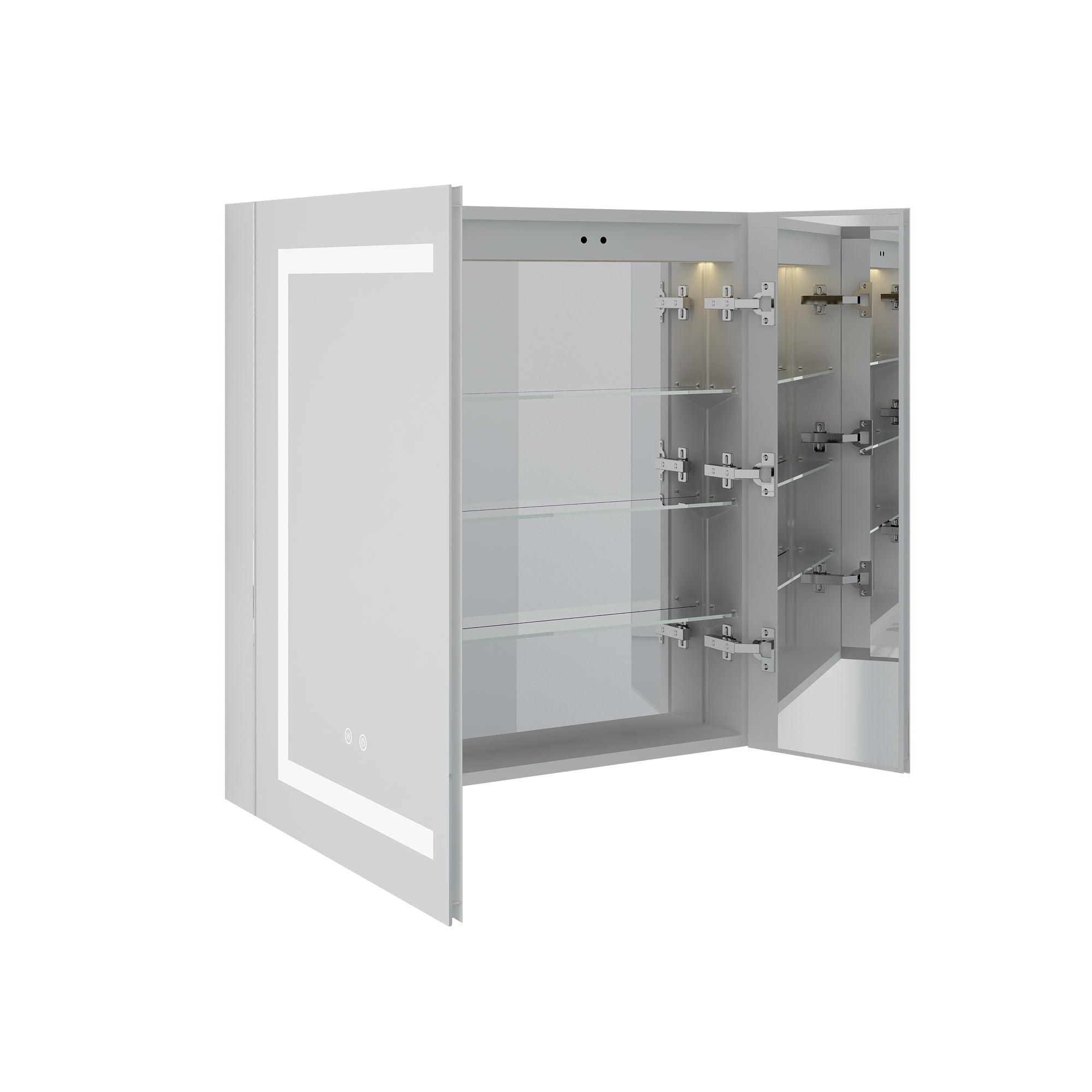
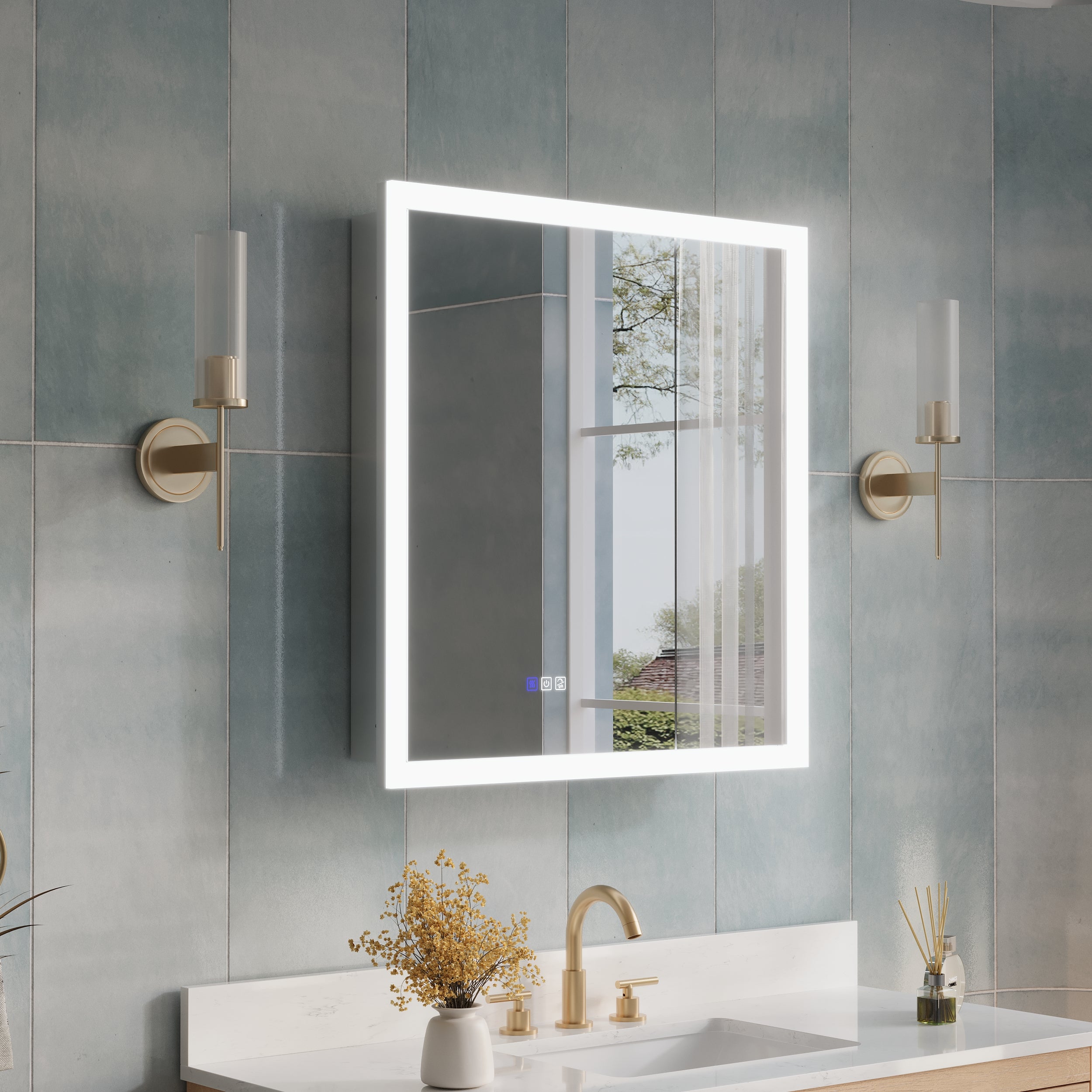
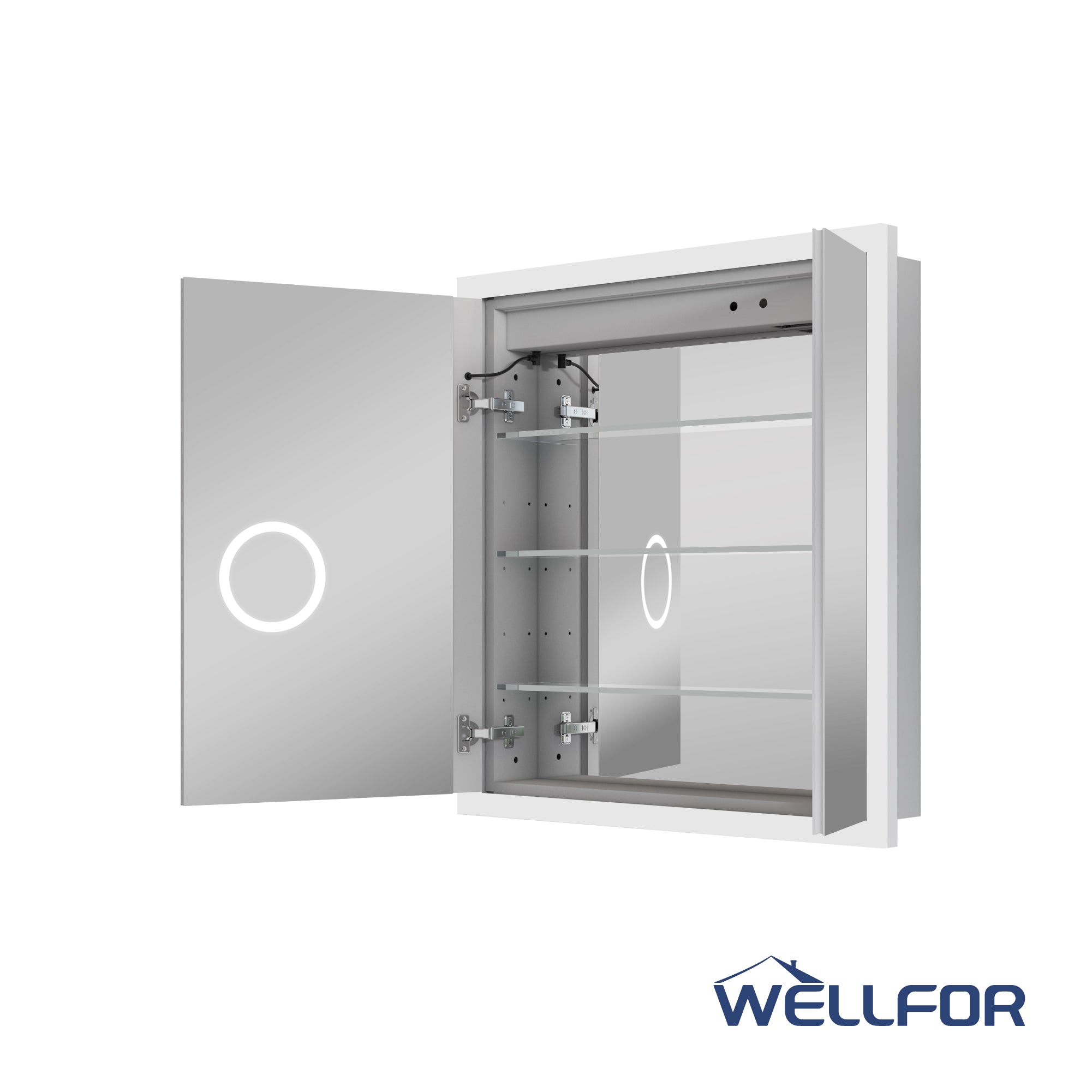
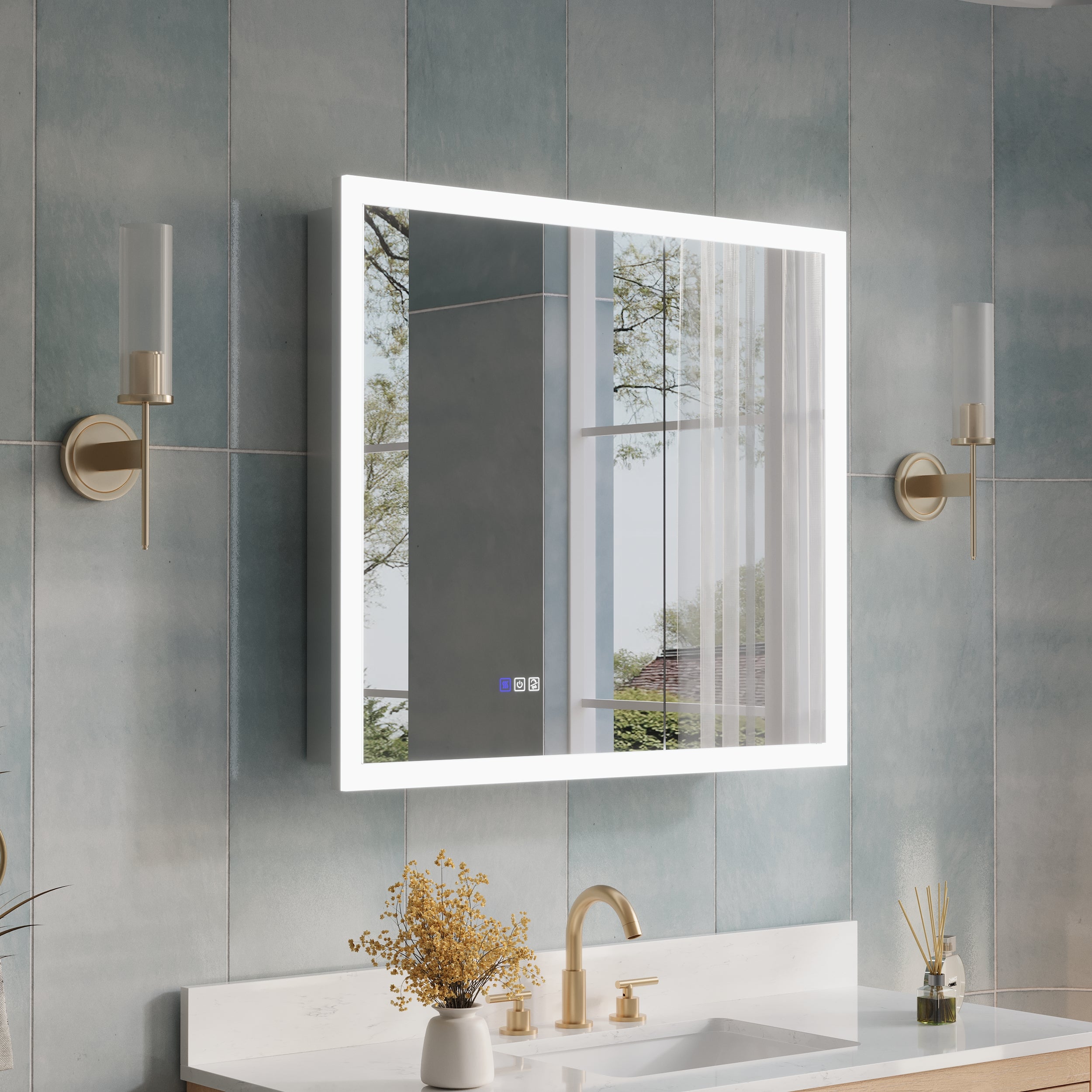

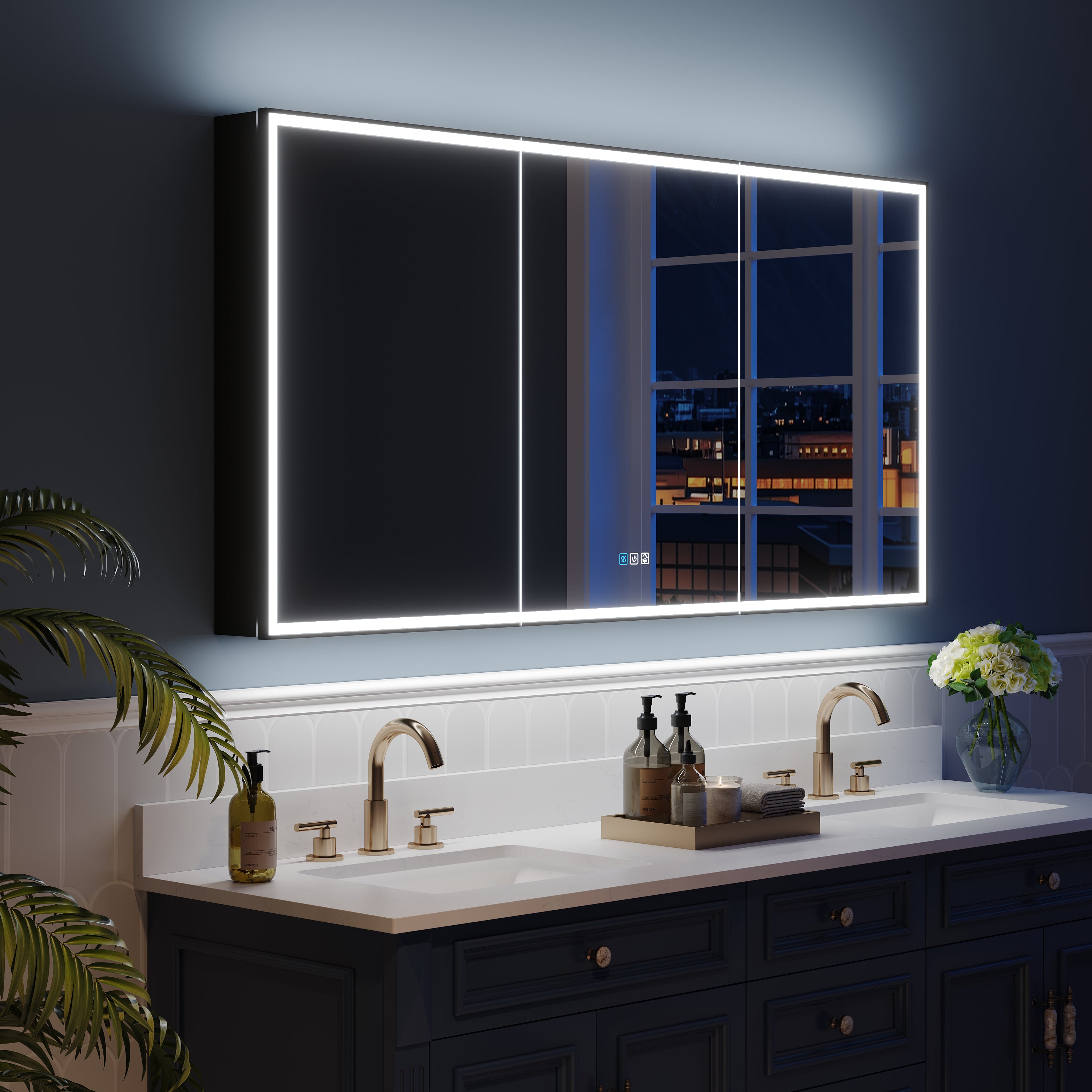
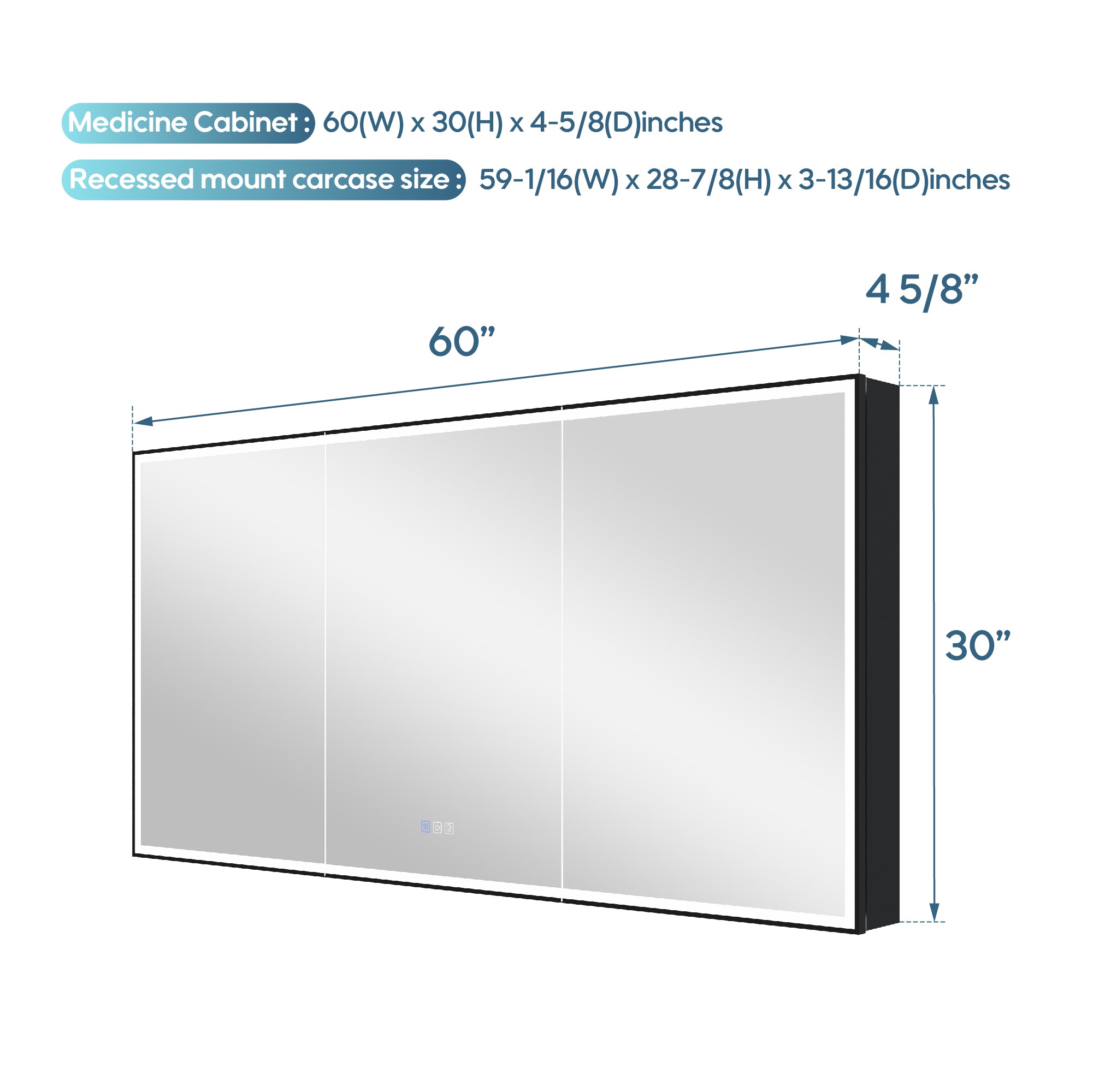
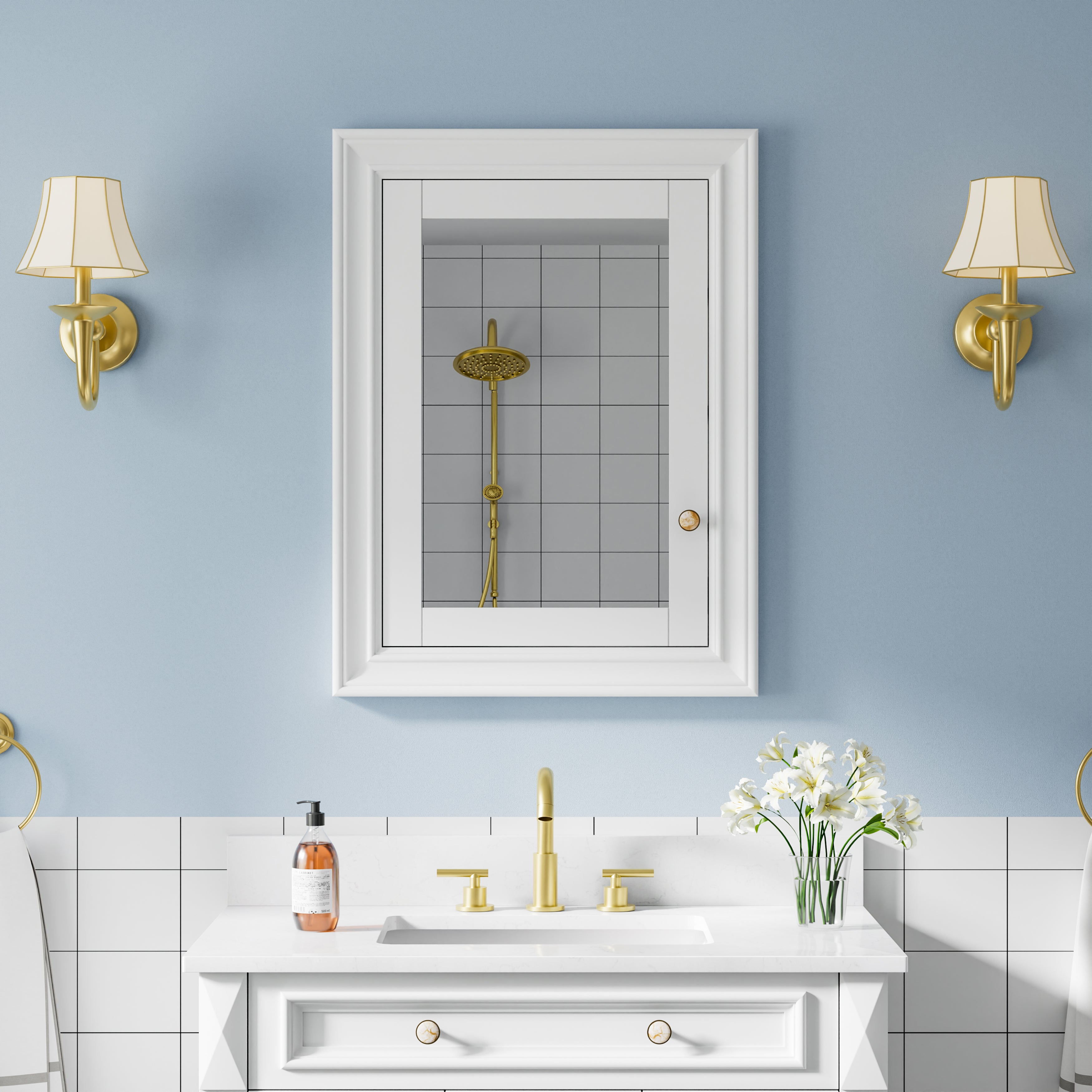


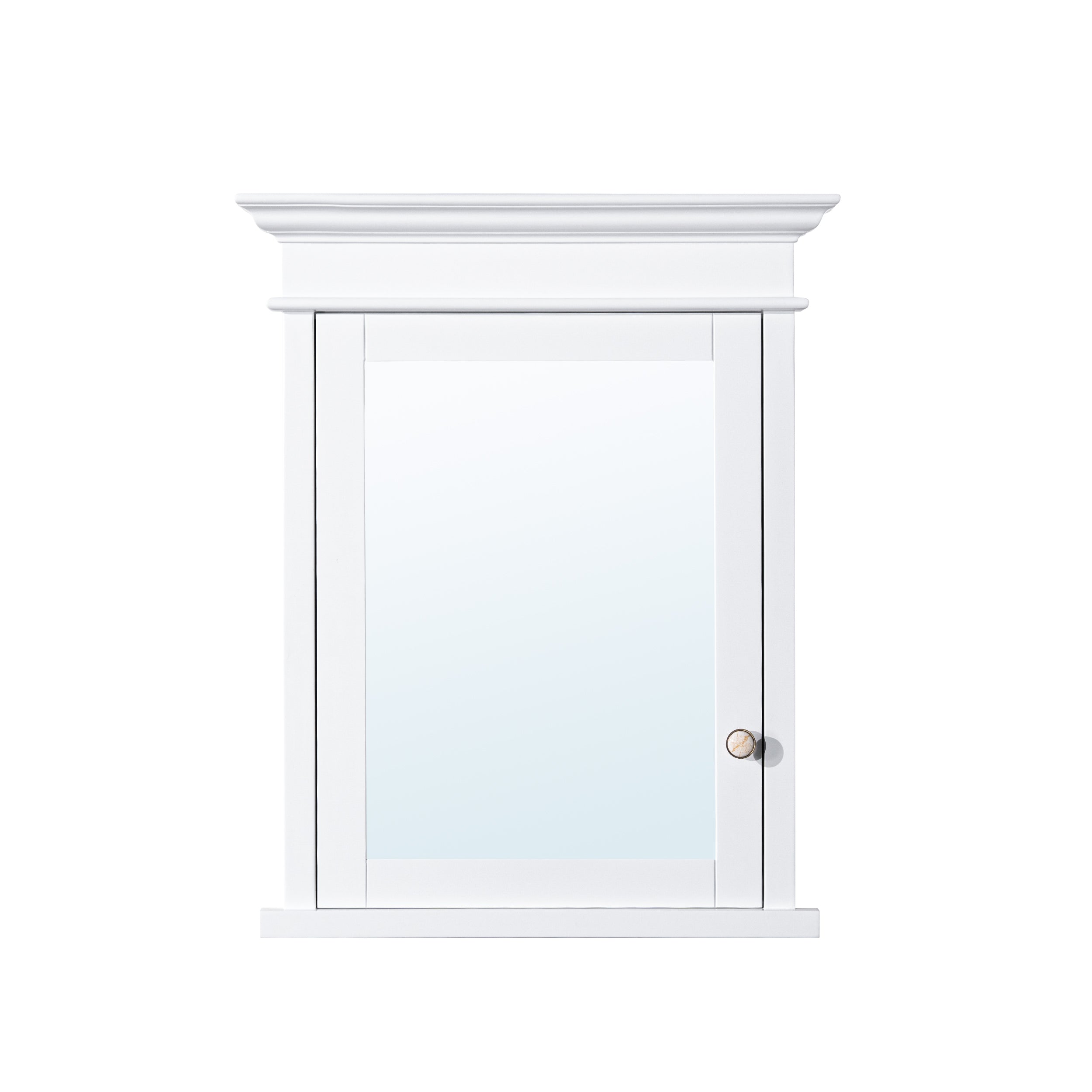

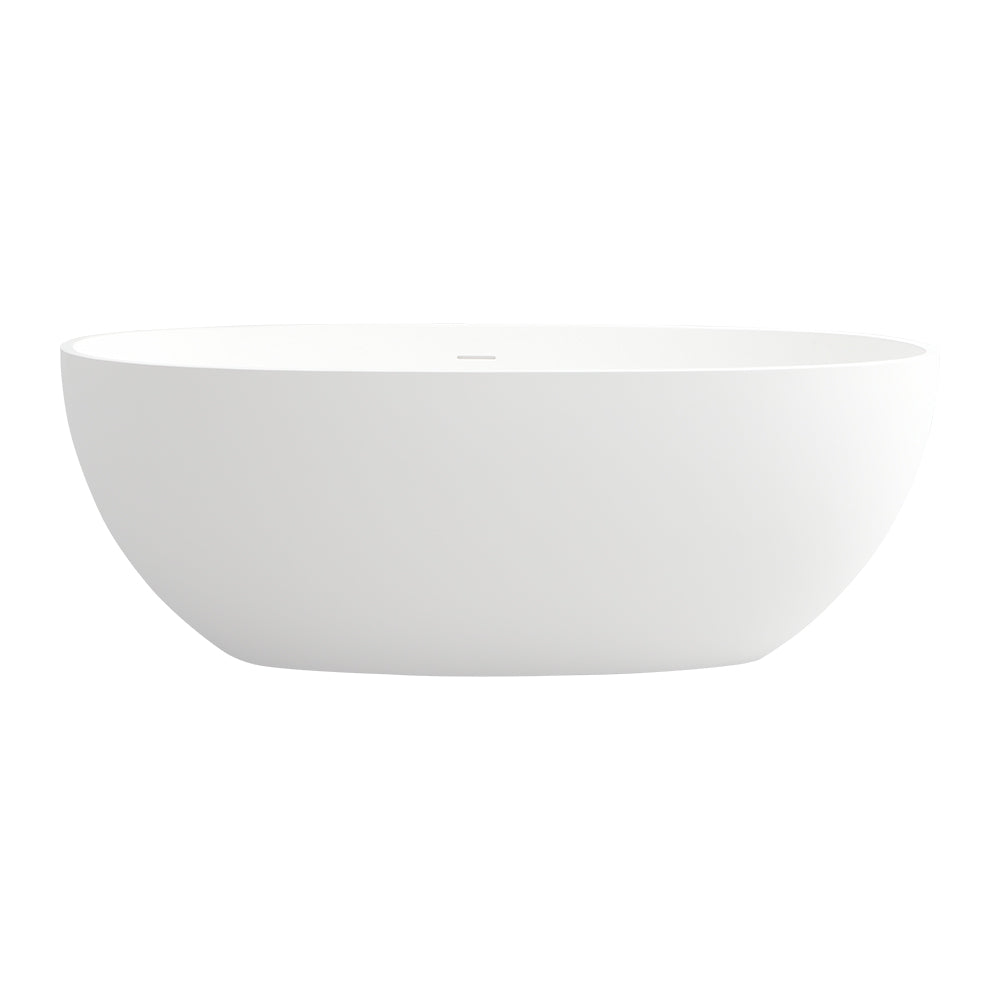


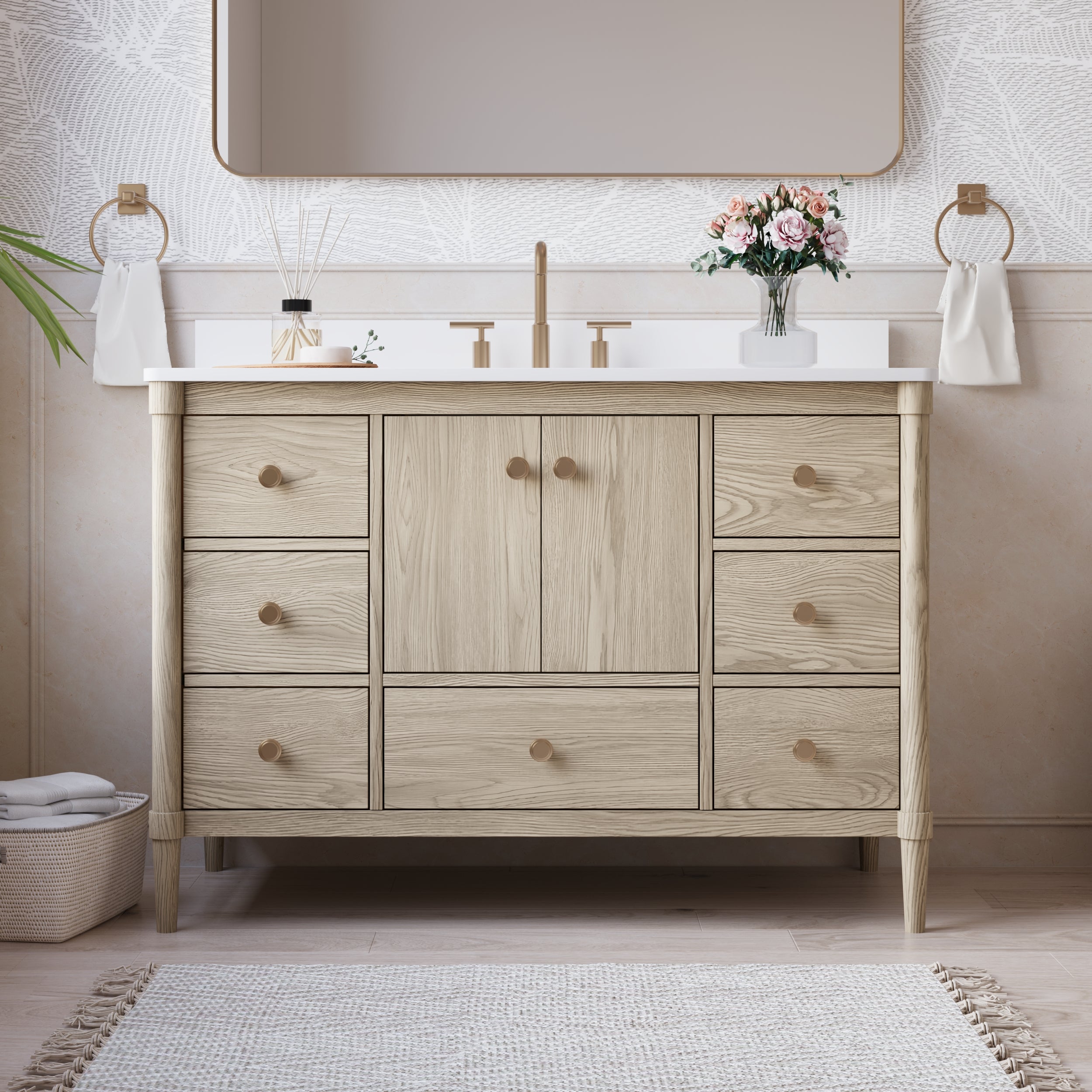
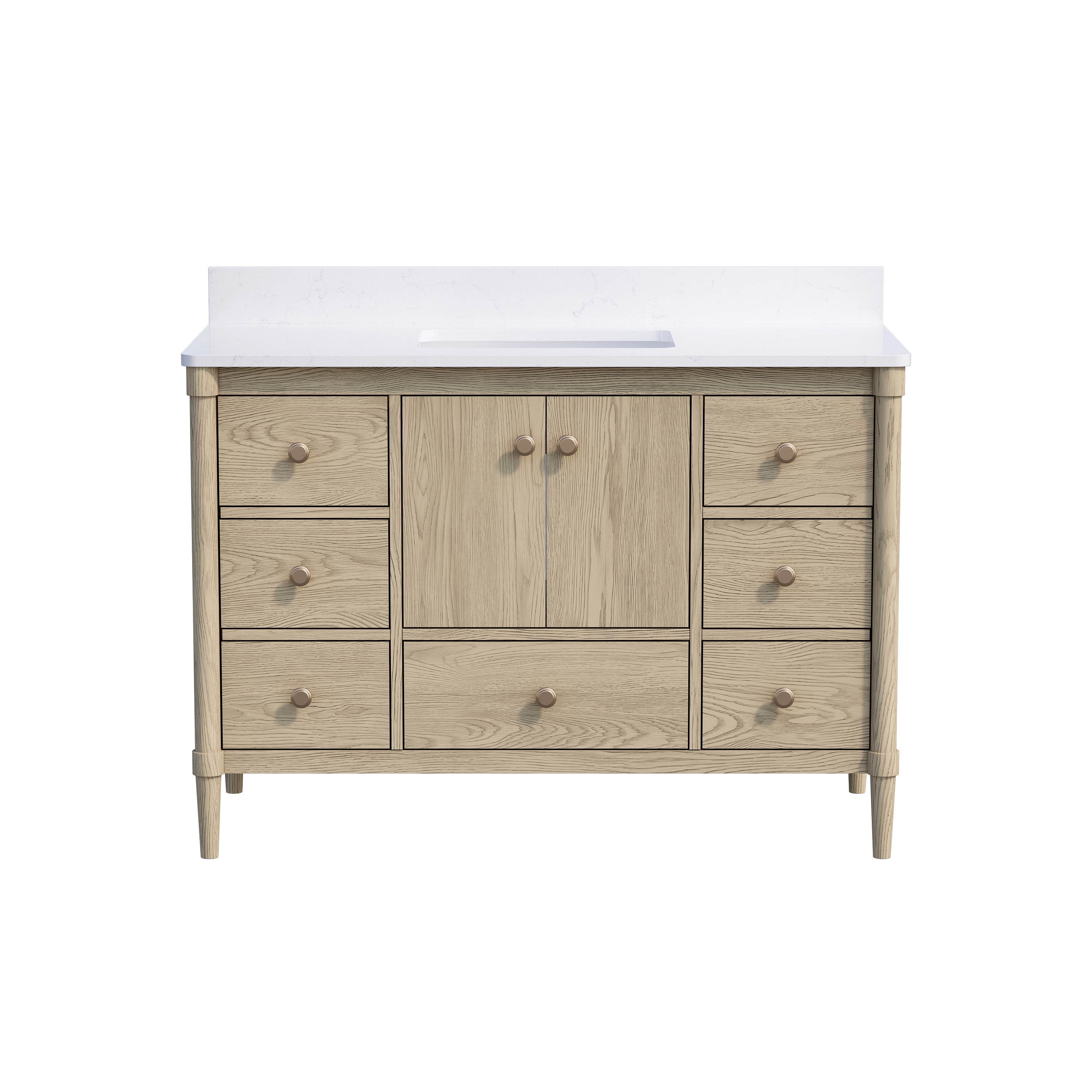
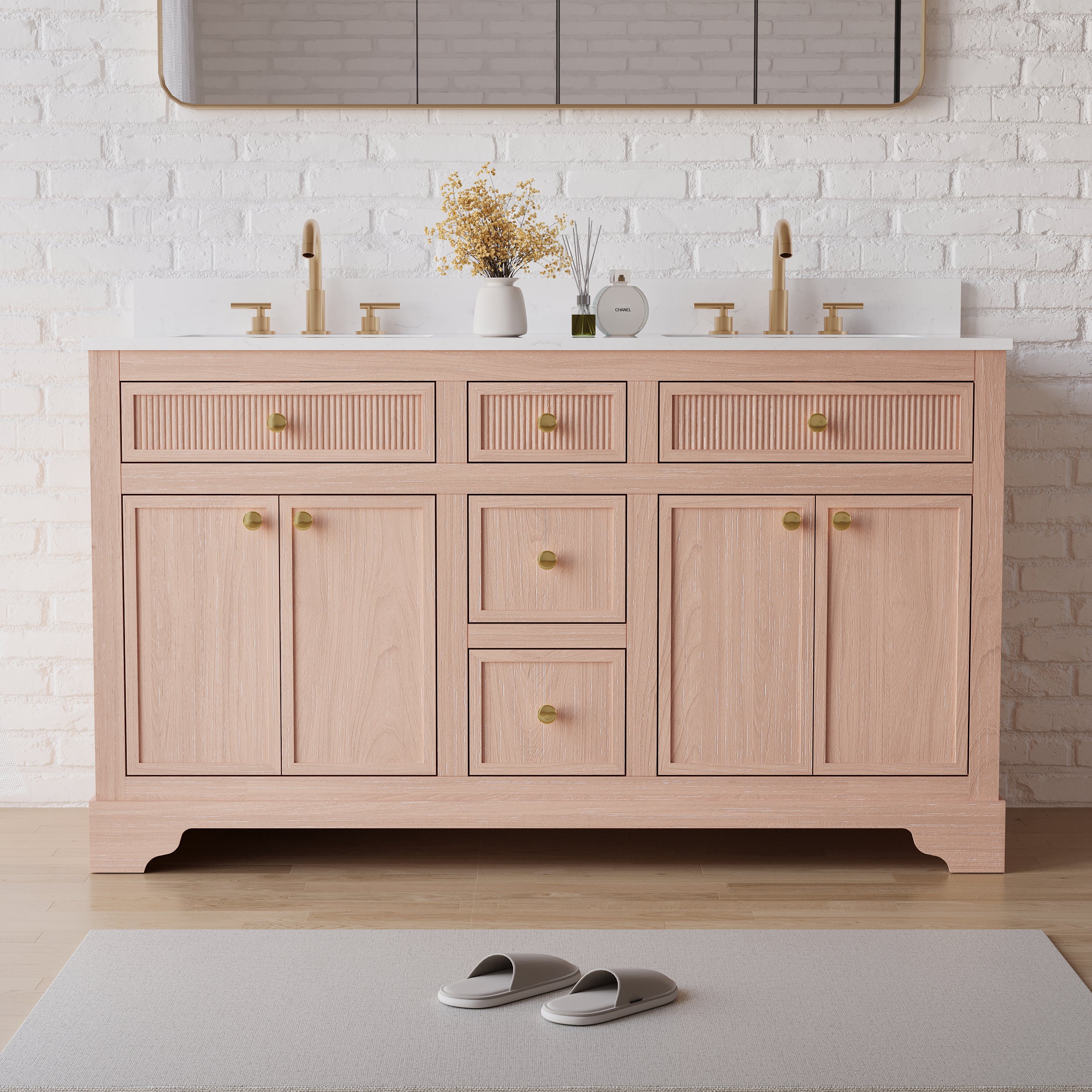



Leave a comment
This site is protected by hCaptcha and the hCaptcha Privacy Policy and Terms of Service apply.